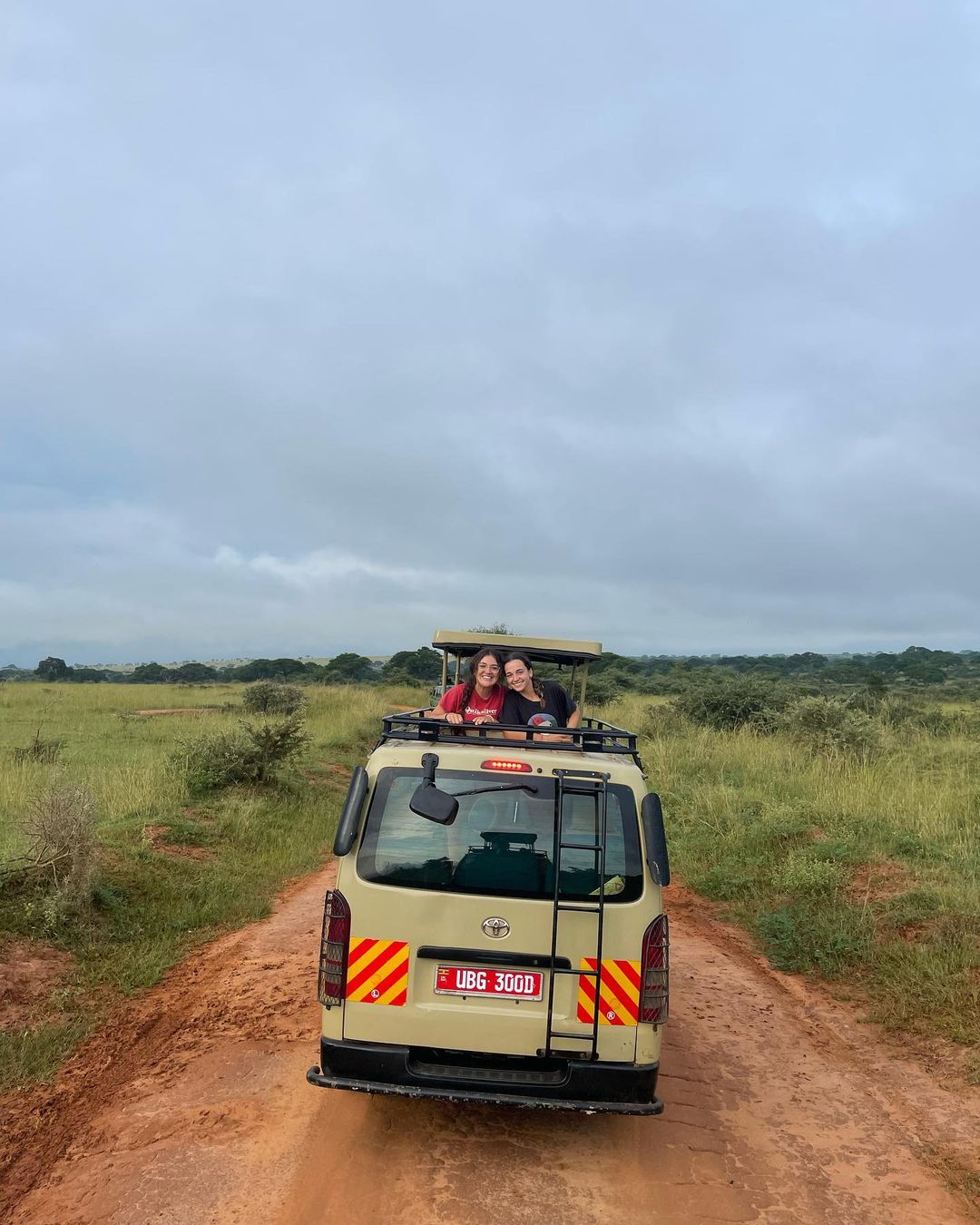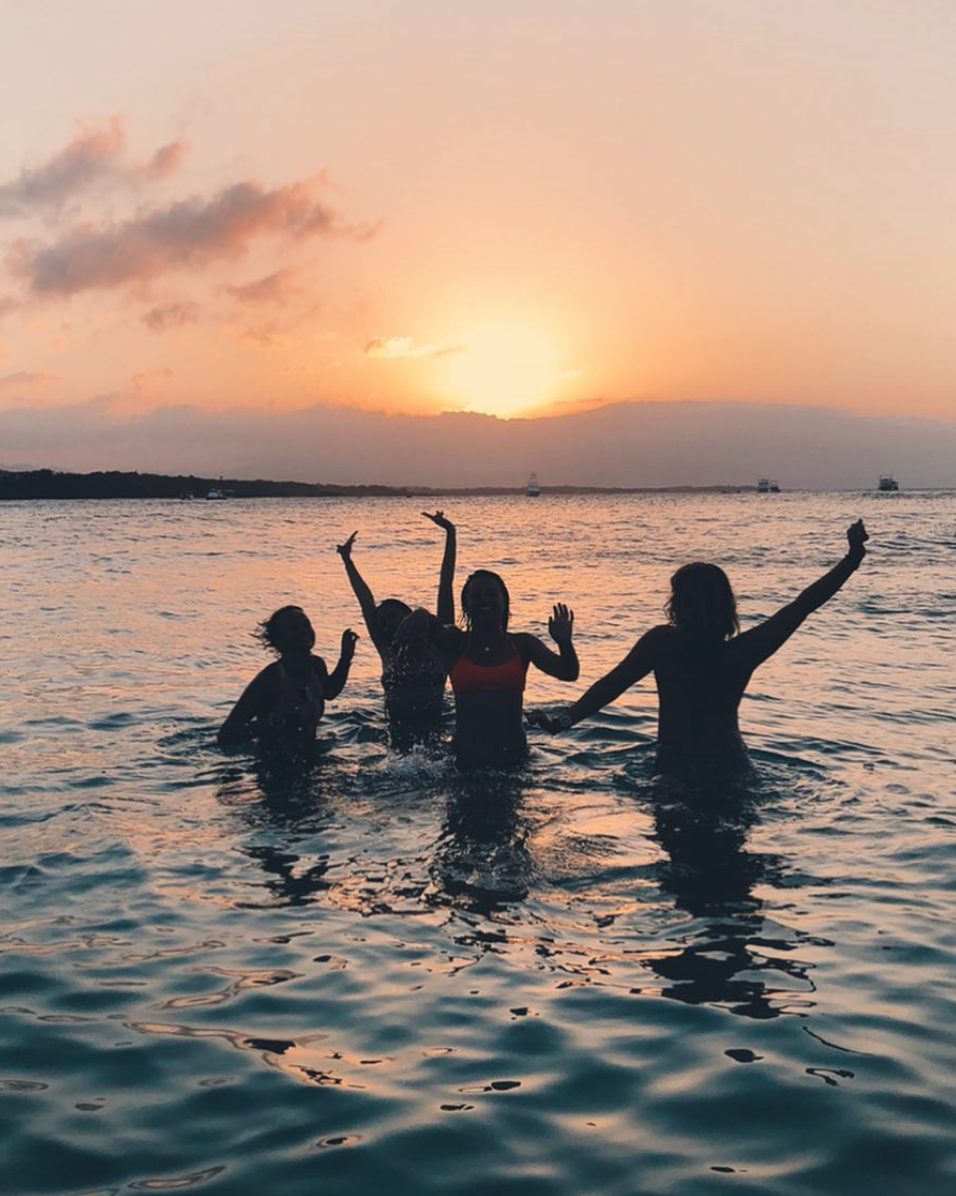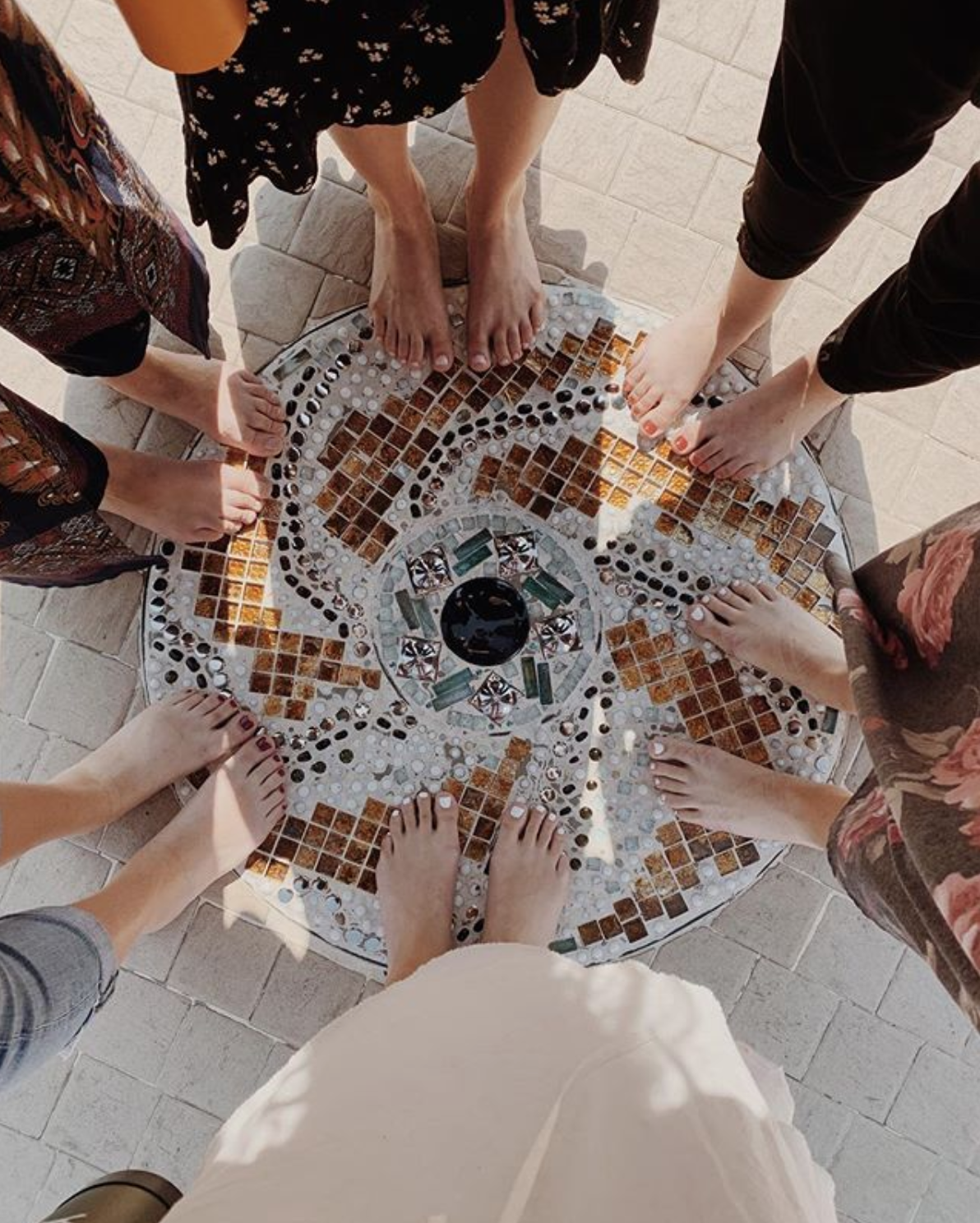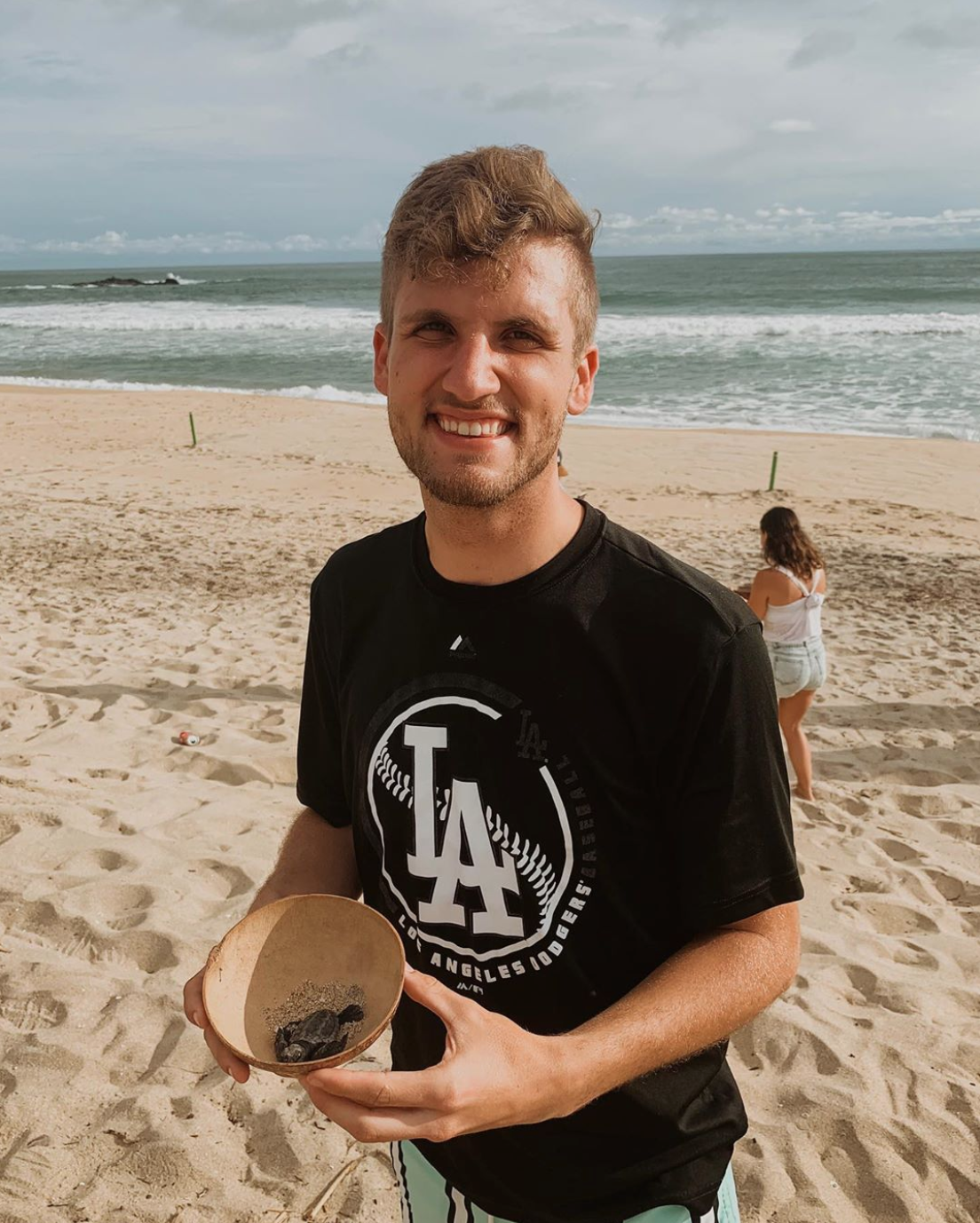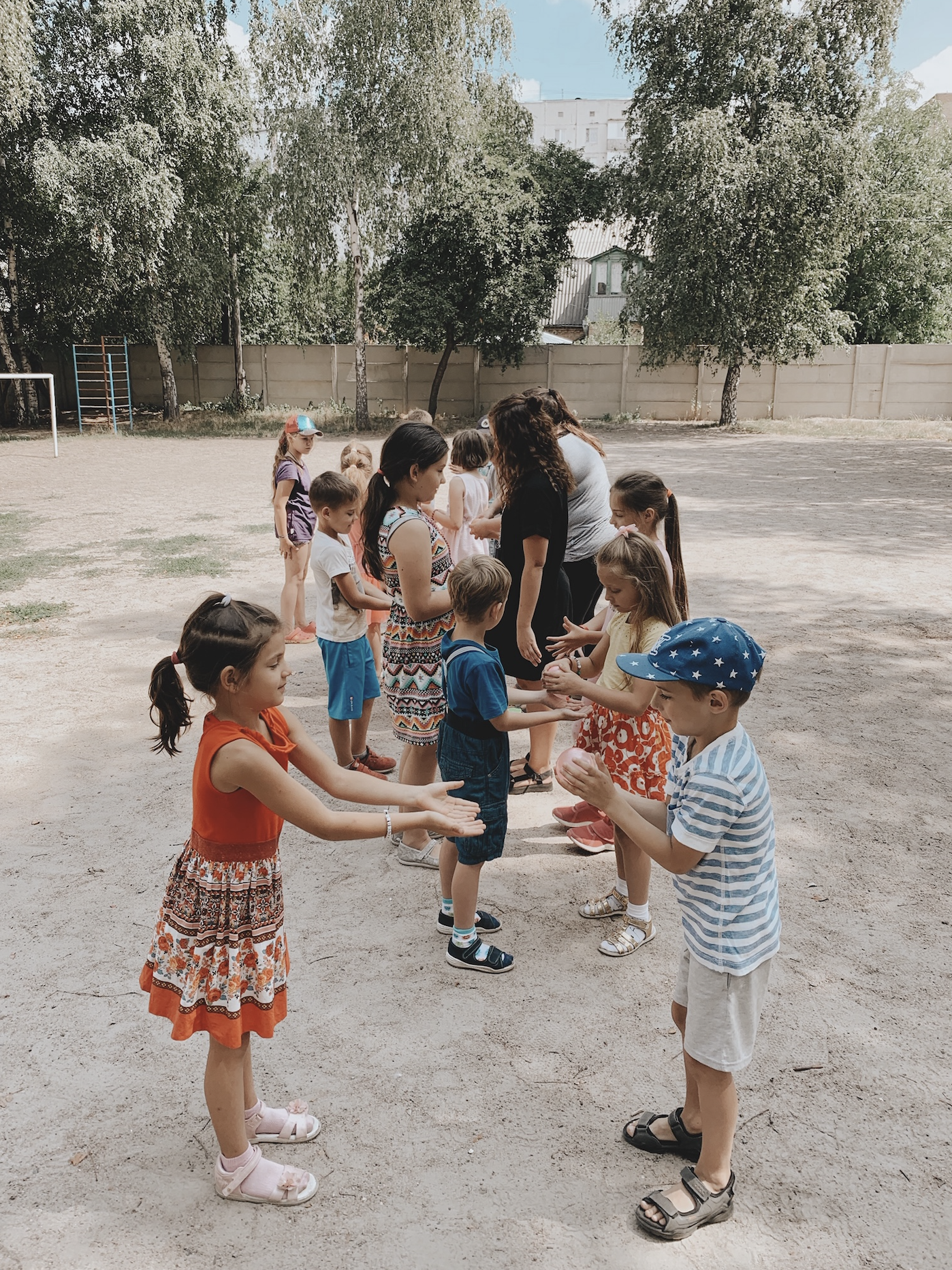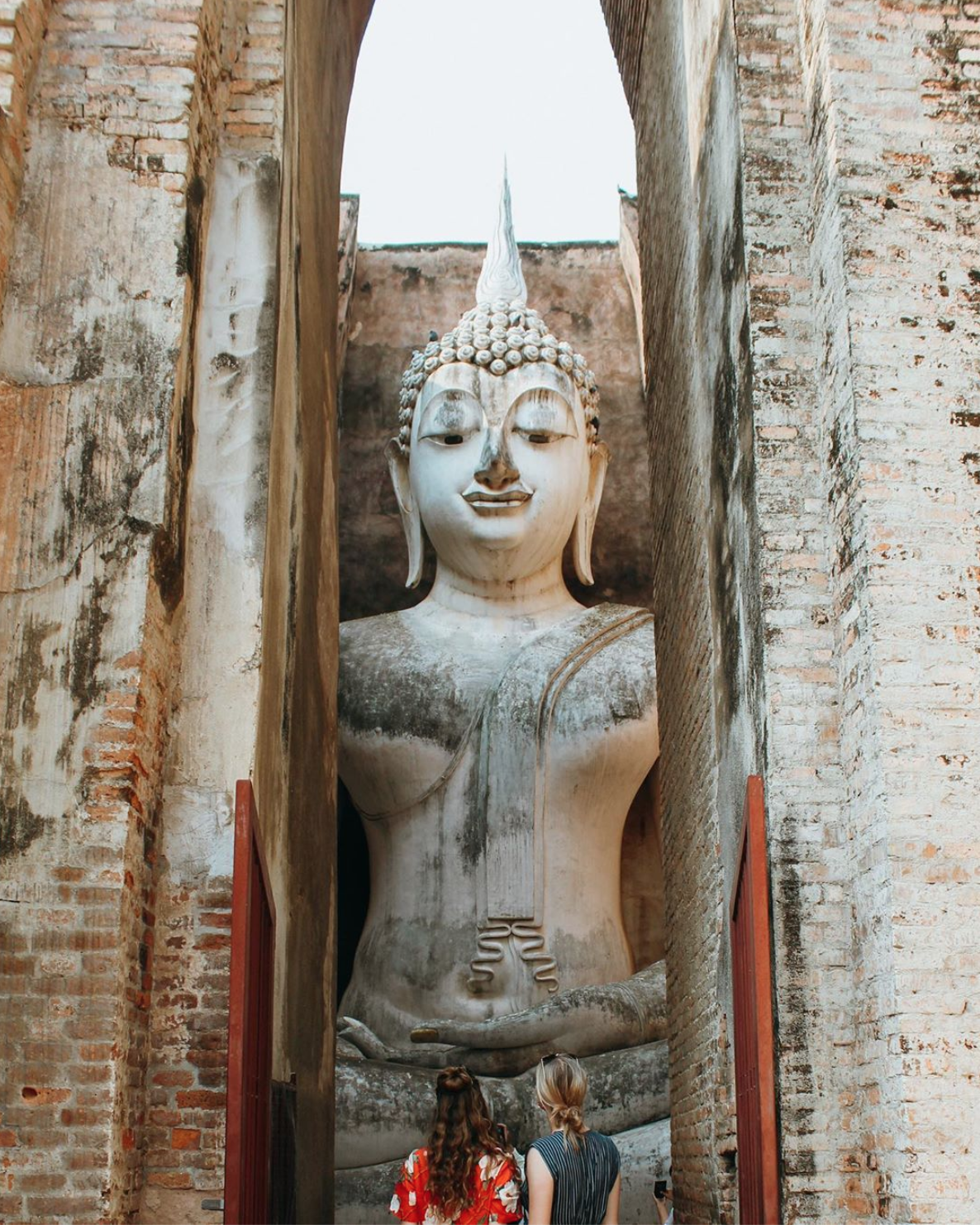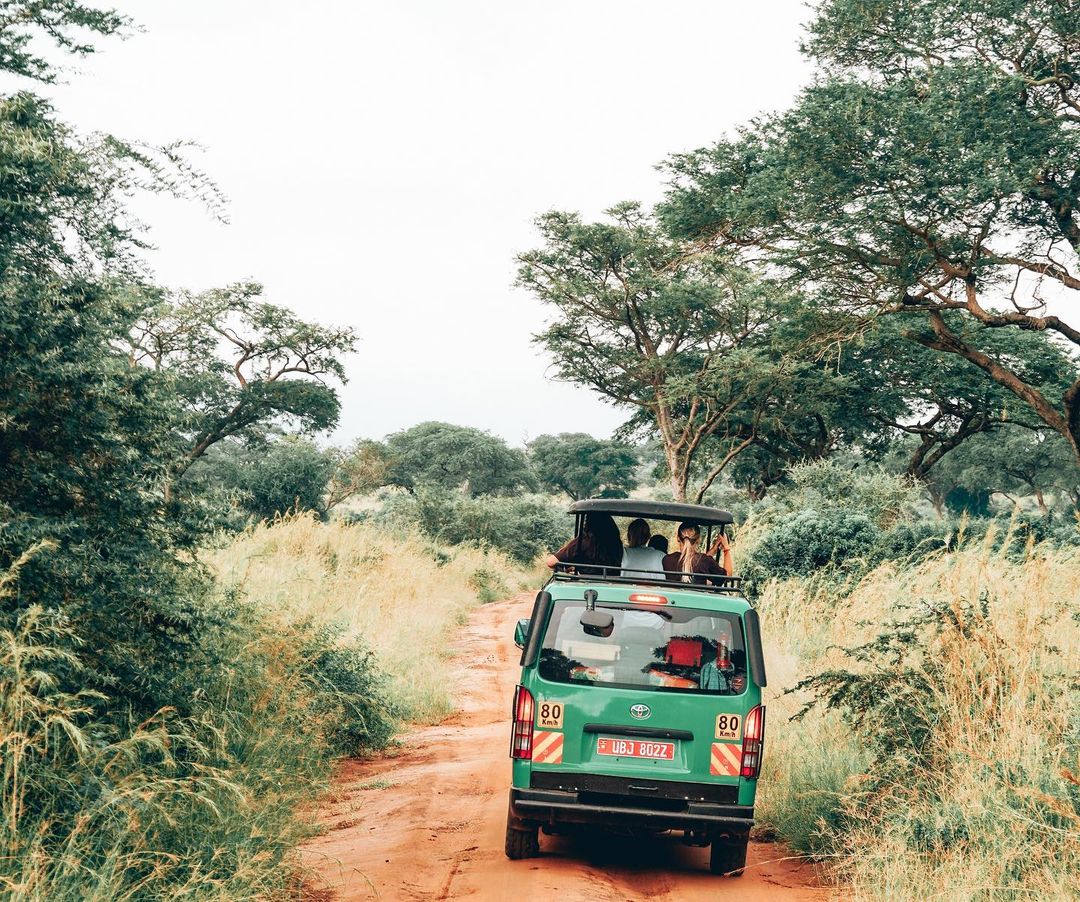
Spending time in Africa means spending time on safari — here are the answers to all of your questions about our favorite safari spot: Murchison Falls National Park in Uganda.
The idea of hopping in an open-air vehicle and driving through golden plains to spot lions, cheetahs, giraffes, elephants, and more in person is almost too much to actually come true … unless you’re a volunteer in Uganda!
Get more on what a semester in Africa is really like:
All about volunteering in Uganda
In Uganda, you’re completely spoiled when it comes to safaris. This country is world-renowned for safaris with a bunch of places to choose from, each with its own perks (here’s our guide to safaris in Uganda, Africa) but today, we are all about one: Murchison Falls National Park.
All About Murchison Falls National Park
There are several national parks in Uganda to choose from when it comes to safari adventures, but Murchison Falls tends to be the favorite! It's a top pick amongst both tourists and native Ugandans. We had one ILP group who opted to go on a safari at another park during their semester, and locals kept telling them they had to go see Murchison too.
We'll get into all the details below, but as a sneak peek, we love this park because you get a chance to see so many of the classic safari animals you're dying to, it has a waterfall that is famously known as being the most powerful in the world, and there's a rhino sanctuary nearby that is an experience all of its own.
This trip is really easy to put together because you'll be hiring a tour guide who will take care of everything from getting to the park, to where to stay, and how to get around! We've got some tips on guides we've used in the past below, but just know you won't have to worry about the details too much.
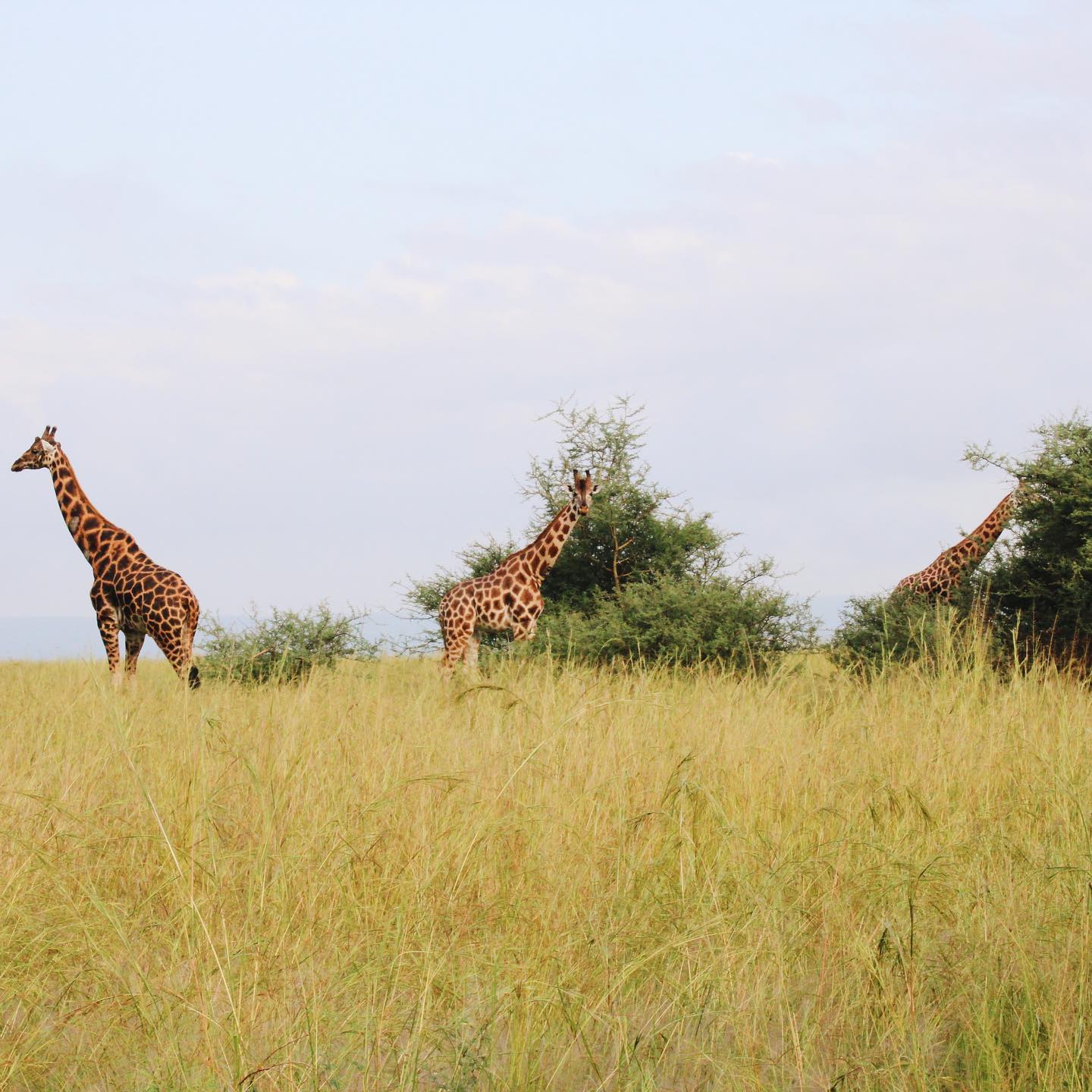
The Animals
Here’s what some volunteers saw on their safari: “We saw antelope, wildebeest, many buffalo, giraffes, elephants, warthogs, baboons, hippos, a crocodile, and some dope birds.”
It's really important to check your expectations when you come on safari — if I could give you any piece of advice that would be it! It's hard because your hopes are so high to have the exact safari experience you've been dreaming of, but we have to remember that this isn't a zoo. This park is expansive, including 1,500 square miles of tree-filled plains and a river running through. The animals are just living their lives and we really don't have any control over whether they'll let us catch a glimpse or not.
That being said, your chances of seeing a lot of the favorites are quite high. There's a road that you'll follow from the park's entrance that leads on to the river, and many of the animals actually do hang out not far from the road. Some are running off in the distance, but you'll drive right by many others.
When I got to Murchison, I couldn't believe how many giraffes and elephants we got to see! Not far past the entrance gate, we started seeing giraffe grazing from the trees that lined the road and that continued on for miles. We saw families of elephants (and were even lucky enough with the time of year to see babies!) at multiple points. Buffalo, antelope, and warthogs were also easy to spot from the road, especially as we made our way toward the river. We saw quite a few hippos and crocs at the river, and baboons weren't shy, hoping to steal bits of our lunch when we stopped at a picnic table for a bite to eat.
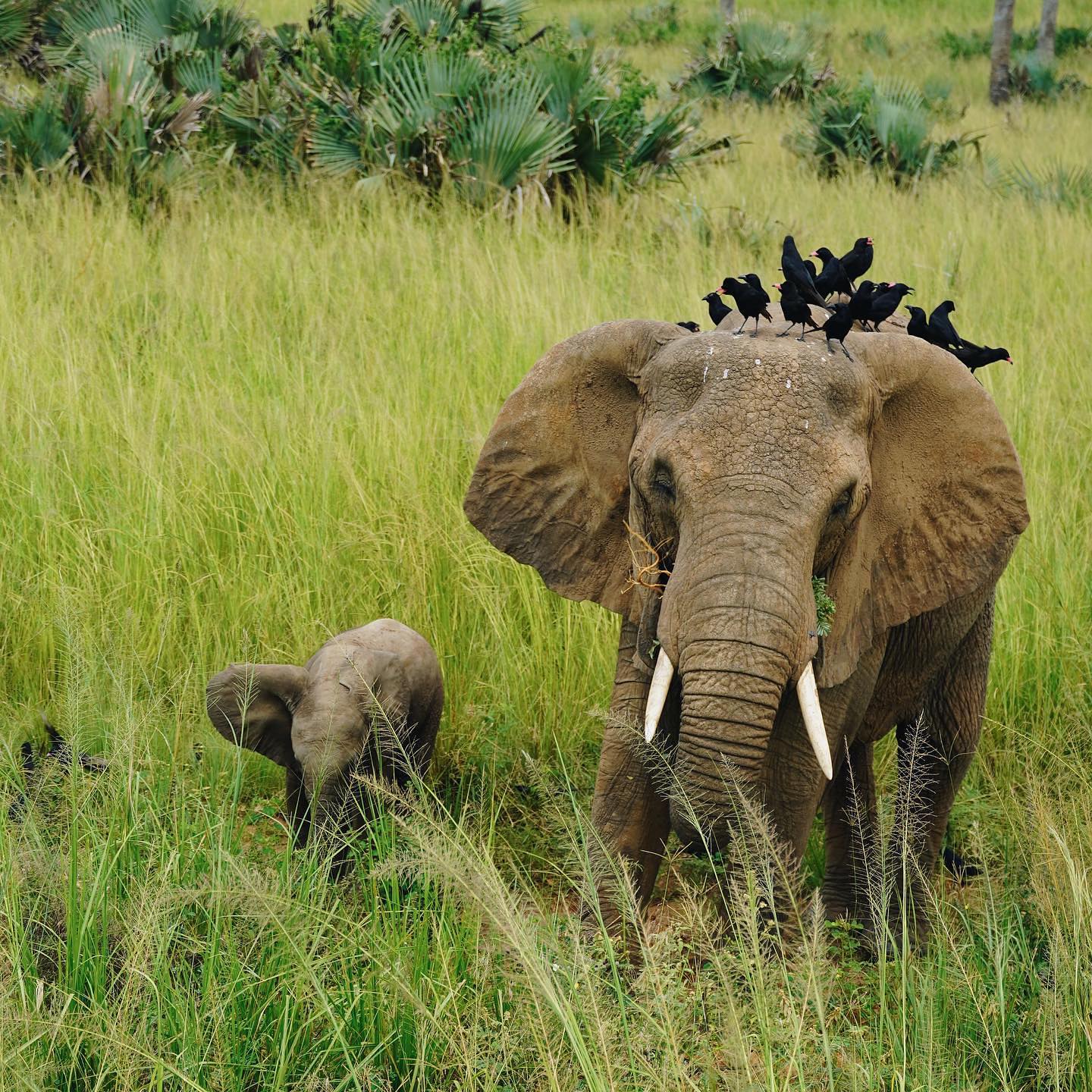
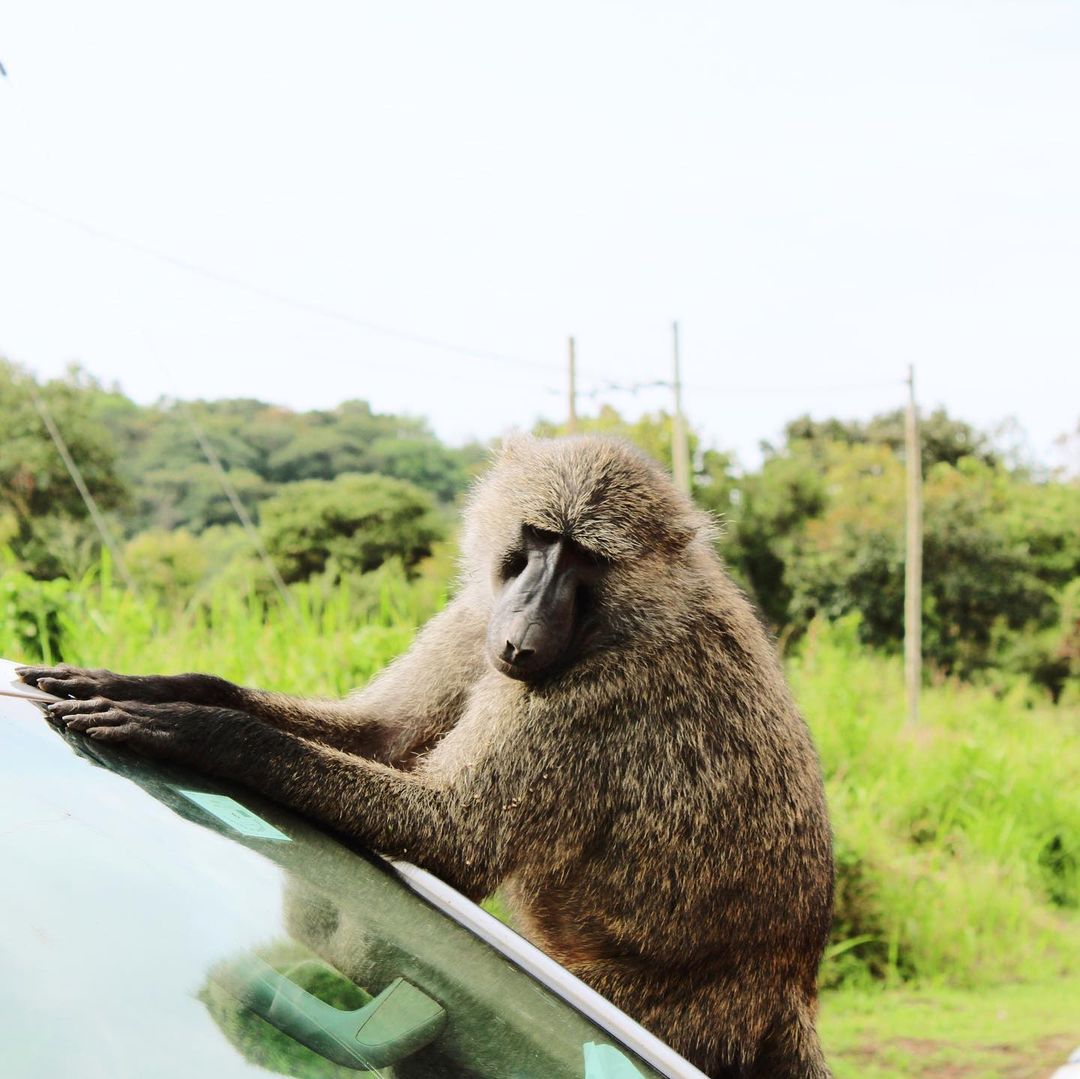
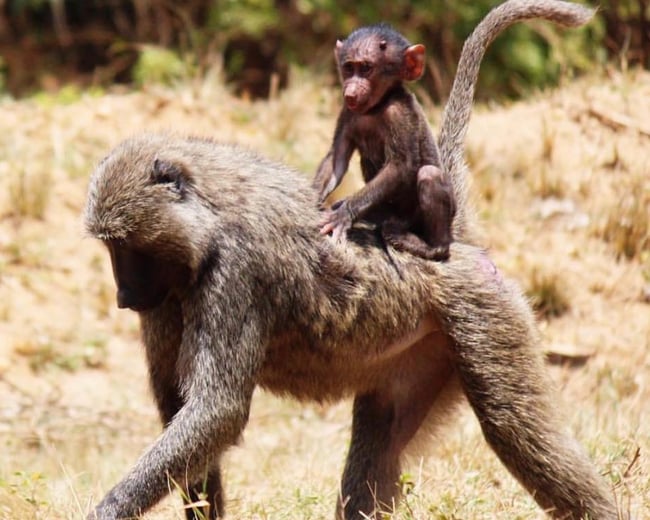
There are big cats in the park and these are usually the ones that are really hit or miss. Lions and leopards are native, but consider yourself very lucky if you get to spot them! Aside from the fact that they're the most elusive anyways, lions tend to be most active at night when it's a bit cooler, which means they're often snoozing during the heat of the day (while you're exploring the park).
During my safari in Murchison, our guide went a little off-roading to an area of large sagebrush where they had seen lions before, just to check. We couldn't believe how lucky we were that a lion and lioness were actually there, taking a nap in the shade! So it's possible to spot them, but just know that it's a bit harder and doesn't always happen.
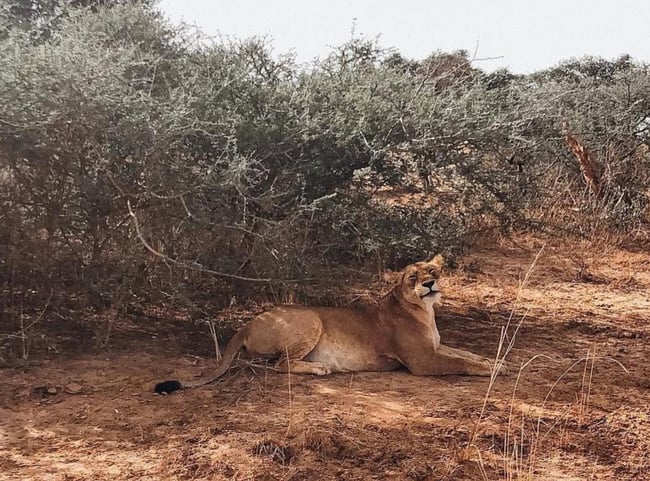
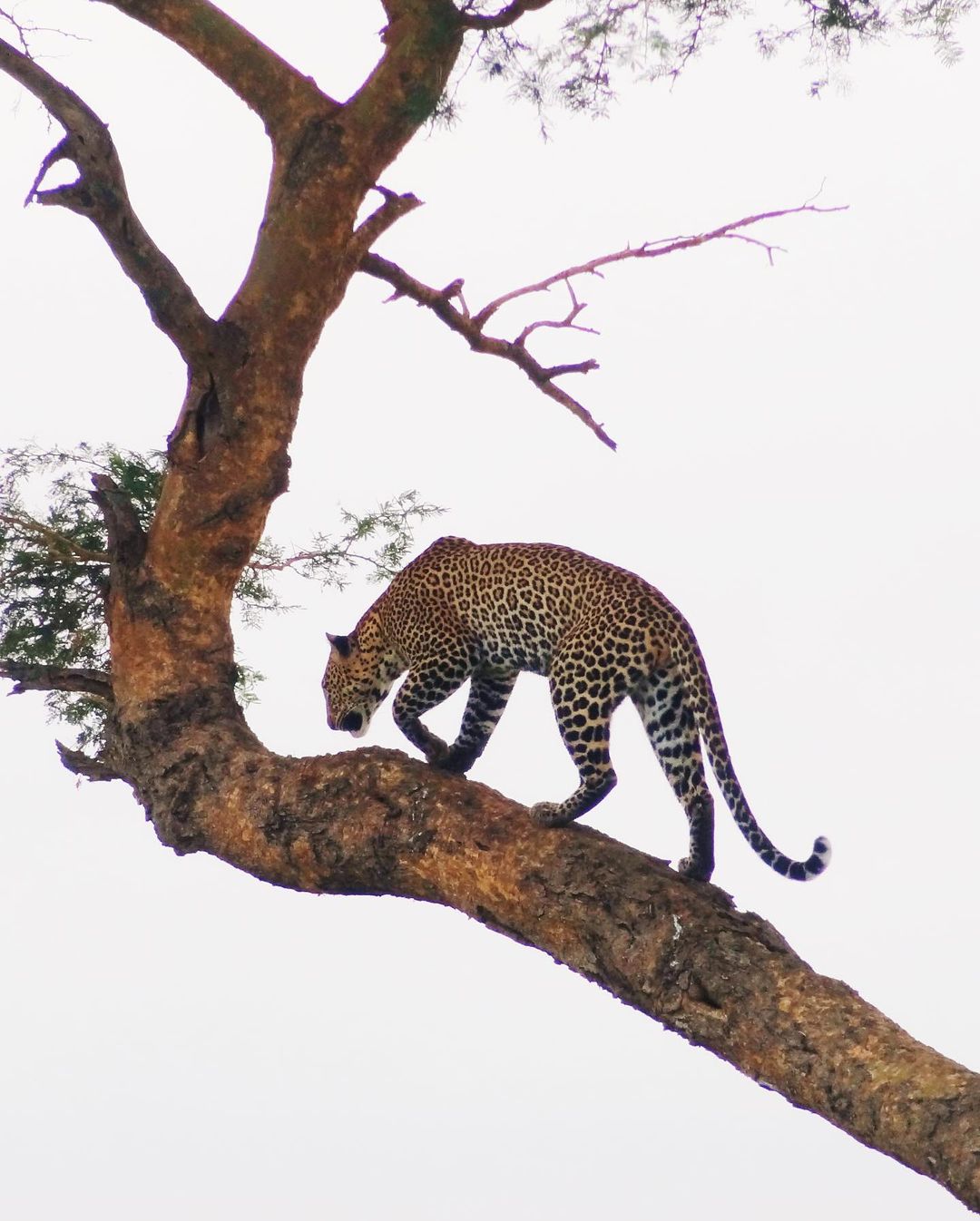
There aren't zebra in this particular park, but a lot of ILP volunteers love vacationing in Lake Bunyoni and you can spot wild zebra when you hike in the hills around the lake. So that's a great spot to consider if zebra are on your wishlist for your trip to Uganda.
There also aren't rhinos in the park. After decades of illegal poaching, rhinos actually became extinct in Uganda for a time. There is now a heavily protected sanctuary outside of Murchison Falls though where you can see them again today though! The sanctuary was gifted a couple of rhinos from other countries and they are proud of how they've been able to grow the population from there. You can actually trek on foot with a ranger to see rhinos here and it's such a cool experience! Here's all the info you need to tack a stop at the Ziwa Rhino Sanctuary onto your safari trip.
And although you may see baboons, you won't see chimpanzees in Murchison Falls. The Budongo Forest Reserve is just outside of the park though and it's a pretty popular excursion to go chimp trekking!
The Murchison Waterfall
This park's claim to fame is the waterfall, famously known as the most powerful falls in the world! It's actually one of the 7 natural wonders of Africa, so no surprise why they named this park after it. Coming out of Lake Victoria, the Nile River flows through the park and squeezes through a narrow 23 foot gap in the rocks before plunging nearly 150 feet. At the bottom of the falls, the river opens up and returns to a slow and steady flow. The river is also what makes this park so green (another feature that is really unique to Uganda).
There are several park entrances, but the most common route makes it so you get to drive through the plains of the park first, before arriving at the swampier areas and finally the falls. So you'll likely pass by the palms and the sagebrush first (where the giraffes, antelopes, and lions like to hang out), then reach the river where you can stop for lunch (and likely run into some baboons who hang around in hopes of swiping some food).
There is a huge multi-story ferry that picks everyone up periodically throughout the day. Not only does it allow you to cross the river, but it also gets you up toward the base of the waterfall. Along the way you can usually spot all those water guys like hippos and crocodiles — just make sure to hold on tight to your phone while you're taking photos so you don't drop it into the river (once it's gone, it's gone!).
.jpg?width=1080&height=1346&name=unknown_314956020_646053703646531_2228297749143623014_n%20(1).jpg)
The ferry boat allows you to see the falls in the distance, but if you want to really experience the force close up then you need to do the hike. The ferry will stop and let you out on the opposite side of the river where there is a trail that leads up to the top. The hike isn't difficult by any means — it's just a gradual incline — but it is hot and humid. Once you reach the top of the falls, just top and take it in for a second. The wind will spray bits of the water into the air and you can't help but feel (and hear) how powerful the falls are. It's pretty humbling!
There's a park exit over here so it's a good spot to end your day at the park.

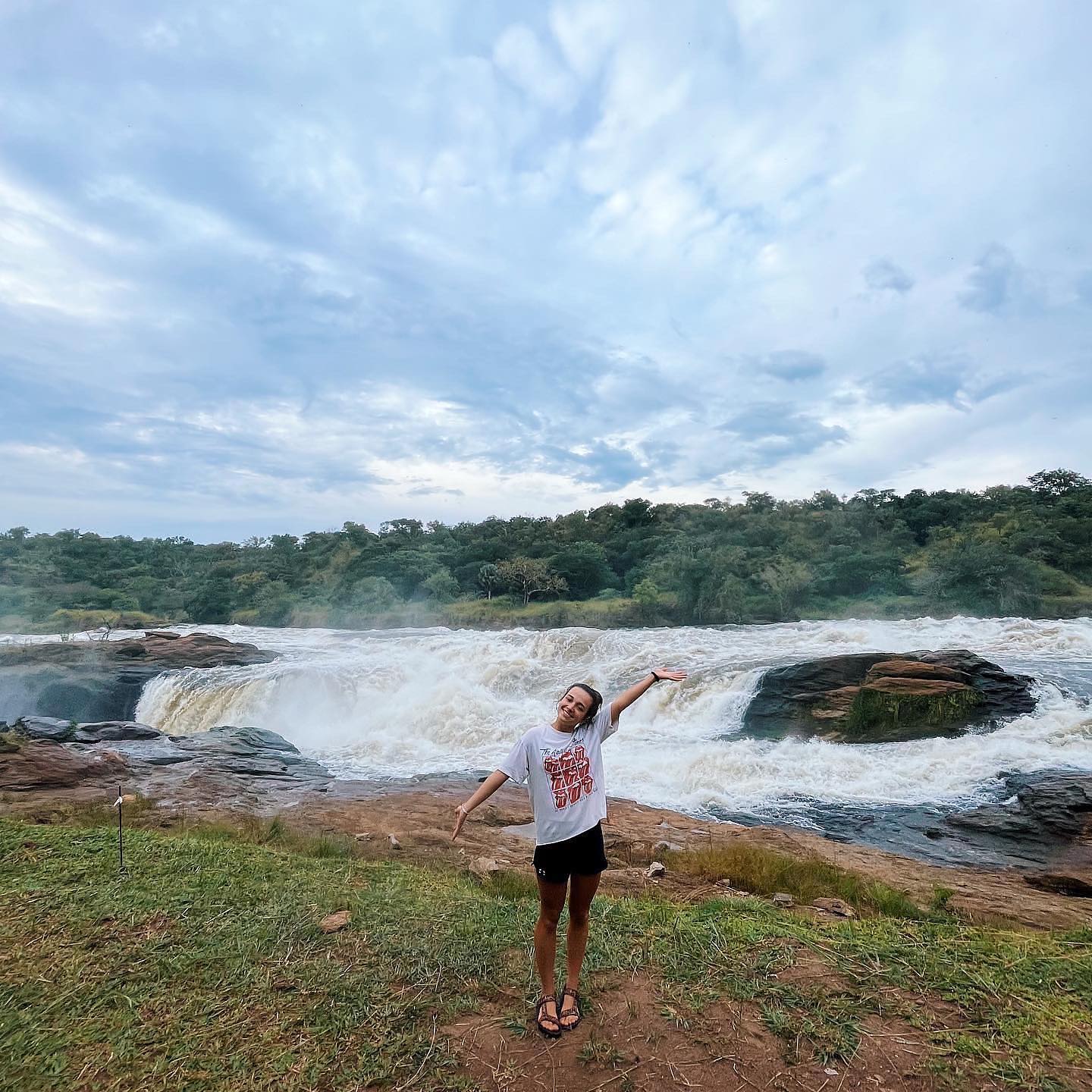
What To Expect
You'll Have A Park Ranger With You
Your group will be assigned a park ranger at the entrance who will join your vehicle and accompany you around the park. This is really for both your safety and that of the animals. They're just there to help ensure everything goes to plan and they can even be really helpful in spotting some of the more elusive animals. They're so familiar with the park that they can be a great asset. They'll tell you when it's okay to get out of the vehicle for a photo and when it's not. Don't be afraid to be friendly, ask them questions, and consider them a part of your crew for the day!
There's A Lot Of Time In The Van
If you're coming from Kampala, it usually works out best as a 3-day trip ... and know that you're going to be in the vehicle for a lot of the trip.
Typically, it’s a half-day drive from Kampala, a full day of driving inside the park, and another half day drive back to Kampala. While you're inside the park, of course, you're distracted by seeing antelope running around and giraffes reaching up into the trees for a snack, but still, it's time in the vehicle. The roads can get bumpy in spots, so expect to be jostled around while you're trying to snap a photo of the elephant tromping across the road.
Vans with a pop-top are pretty common around this area, which means you'll likely be able to stand up, stretch your legs, and catch some fresh air while you drive around the park. The type of vehicle does depend on what your tour guide provides though, so just know that's a bit out of your hands (another one of those things to not have an expectation about). For much of the park you need to stay in the vehicle, but once you get around the swampy lake and reach the river, you'll be able to get out.
For the drive to and from the park, volunteers were glad they packed a pillow (like a sweatshirt or a travel pillow) so they could lay down against the windows to pass the time. And if you're prone to car sickness at all, bringing some aids like ginger chews or Dramamine is a good idea.
%2023B%20.jpg?width=1440&height=1800&name=Safari%20Uganda%20(Male%20volunteeer%20group)%2023B%20.jpg)
.jpg?width=1080&height=1350&name=unknown_313742738_1184355762515600_8511058896772070117_n%20(1).jpg)

Have No Expectations
We mentioned this before, but here it is again from Kelsey, an ILP volunteer: "My advice is to go into it with very little expectation. You might not see all the animals that you wanted to but don't let that disappoint you. Just enjoy seeing all the animals you do get to see. Also make sure that you don't spend the whole time taking pictures! Live in the moment a little and enjoy what you are doing."
It's A Bit Off-Grid
Most tours should include overnight accommodation which is great as long as you know what to expect. You'll likely stay somewhere just outside of the park's boundary. Accommodations will vary depending on the tour you've booked, but in general, you can expect low water pressure, no air conditioning, and slow WiFi (if any at all).
Oh, and even though you're not staying right in the national park, that doesn't mean you aren't still in wildlife territory! You’ll probably have some animal visitors around your room. It’s not uncommon for you to see warthogs or baboons running around, and may even hear hippos if you’re staying near the river bank.
It's Hot
Because the park sits right next to the equator, you're going to get a hot, tropical climate year-round. The temps during the day usually get into the high 80s F and down into the 60s F at night.
There is a low season that happens around April-May and Aug-Oct (when the rainy season hits). It doesn't rain every day, but when it does it really pours. There can actually be times when the roads become impassable due to the rain, so if you can avoid planning a trip here during those months it's best, just to be safe.
The dry season is usually June-September and December-February. That tends to be the most popular time to come. During the dry season, it can be a little easier to spot all kinds of animals because they're naturally pulled toward the Nile river to escape the dry heat and get a drink. It's also the safest time to do that hike to the top of the waterfall because the trail is going to be less slippery.
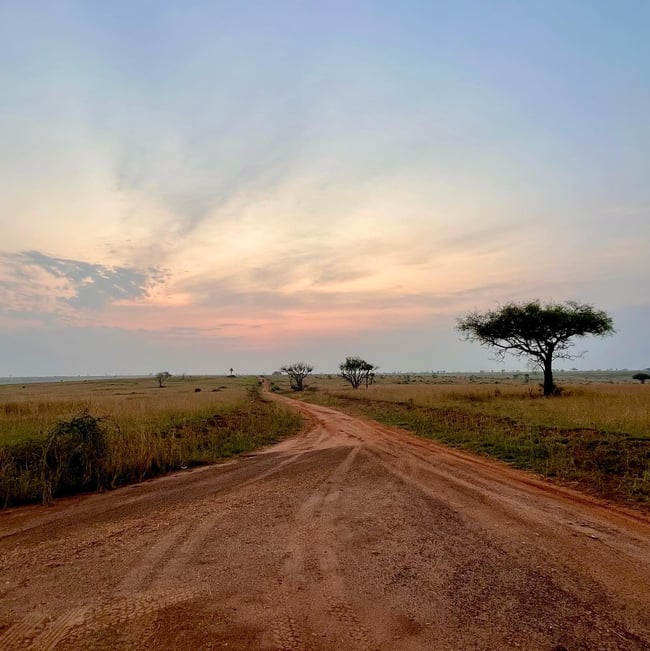
Things To Pack
Along with what you’d normally toss in your bag for a 3-day adventure, we have some tips:
- Bug Spray
- Cozy clothes — You’ll be mostly sitting all day long, so pack for the car (and for the weather)
- Cool PJ's — It stays fairly warm at night and without AC you'll be feeling it!
- Flashlight for your camp at night
- Binoculars or a zoom lens on your DSLR for good pictures
- Power bank/external battery charger — At least one, maybe two! You most likely won’t have access to an outlet while you're driving around all day (or at camp) but you’ll want to make sure your phone (and camera!) are fully charged.
- Snacks — Tour guides typically provide water bottles and you'll have a stop for a little picnic lunch, but having snacks that you prefer on hand is nice to have.
- Adventure shoes (tennis shoes or tevas) — although you'll be in the car for most of the trip, there's that small portion of the day where you'll be hiking up to the top of the falls
All About Booking A Tour
With dozens of options out there ... which one should you choose? We like to pass on recommendations from past ILP groups because we know how much it helps to have those, but feel free to look around as well. If you're an ILP volunteer, don't be afraid to ask your local coordinator what they would reccomend!
Tours will greatly range in price, some catering towards a more luxury experience for tourists. Since most of our volunteers are college students on a budget, we've got recommendations for the best deals we can find while still getting the incredible experience you're looking for.
Red Chilli
Check out this company if you're looking for a great price on a safari. They have multiple tour packages (you can look at their website here) but they have budget options that hang around the $320 - $380 range for a three-day trip. Their safaris for Murchison falls often are three-day trips with rafting or boat trips down the Nile. Depending on your group size, you may have others on safari included in your tour.
This option includes time on the safari, on the falls, and a trip to the nearby Rhino sanctuary for $380 per person. This option has time near the falls and on the safari for $320, but they have other packages you’ll want to check out.
Probably Don’t Go With …
Unofficial guides. Because it's possible for anyone to just drive to the park, sometimes friendly locals will offer to DIY a tour for you. We've had better luck with organized tour guides who are prepared and experienced though, so that's definitely our recommendation!
What To Look For In A Tour
You’ll want to make sure your tour includes transportation from Kampala, overnight lodging, and food in some or most cases (they may ask you to pack a lunch the first day). You can often look at an itinerary, or ask for the company to email you what your three days will look like so you know what to expect.
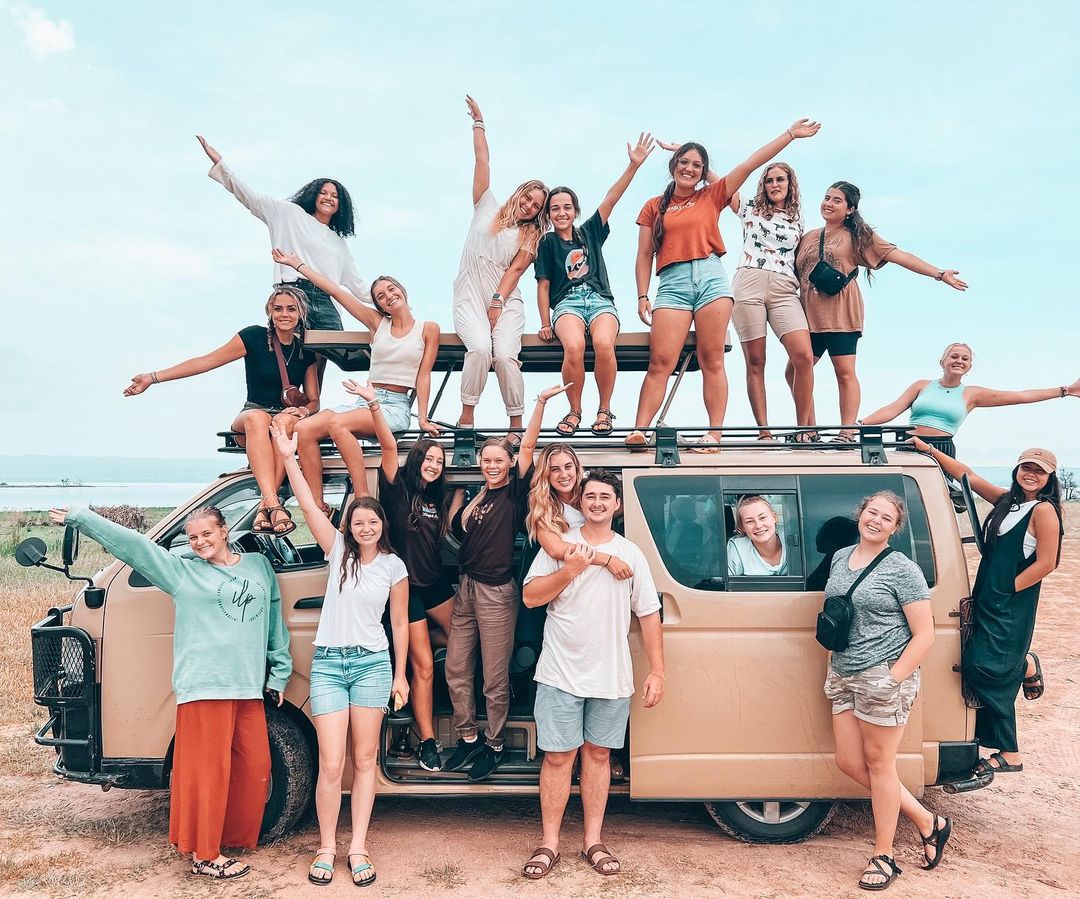
Can't wait to get to Africa?
We thought so! Come volunteer in Uganda — you'll have a semester full of safaris, humanitarian projects, and more adventures.


